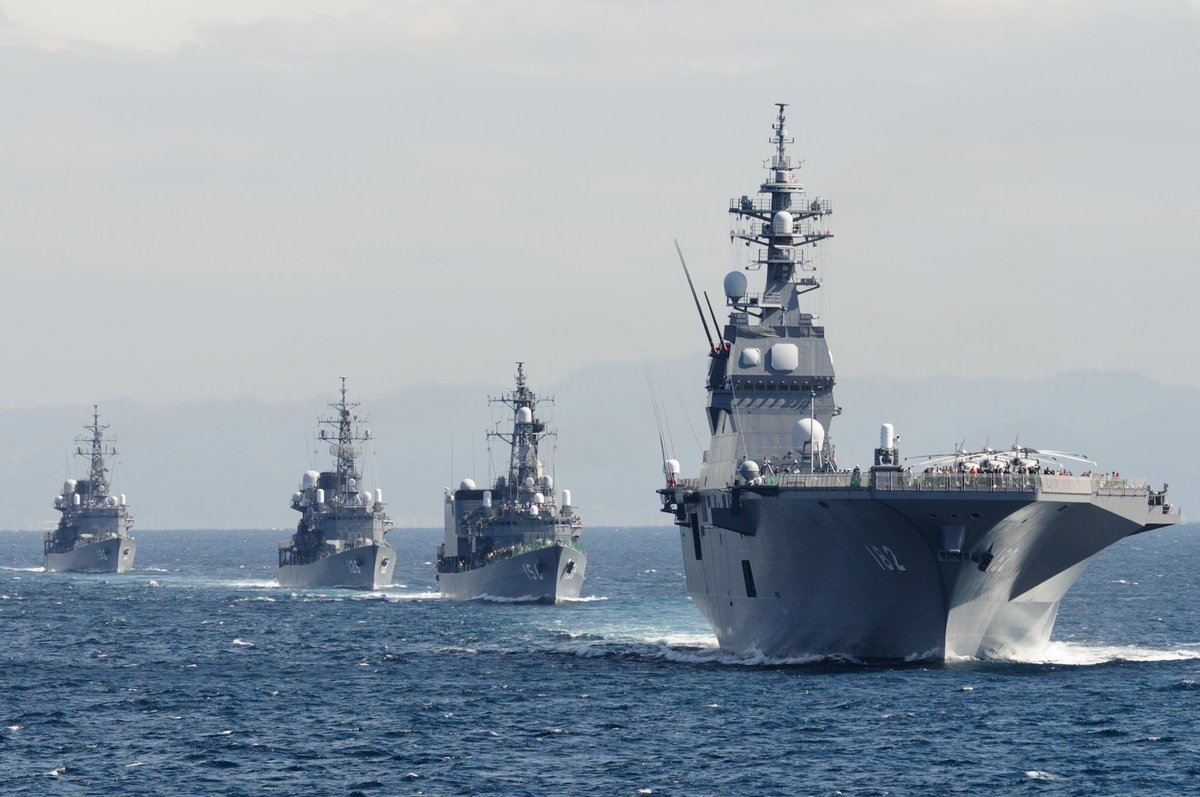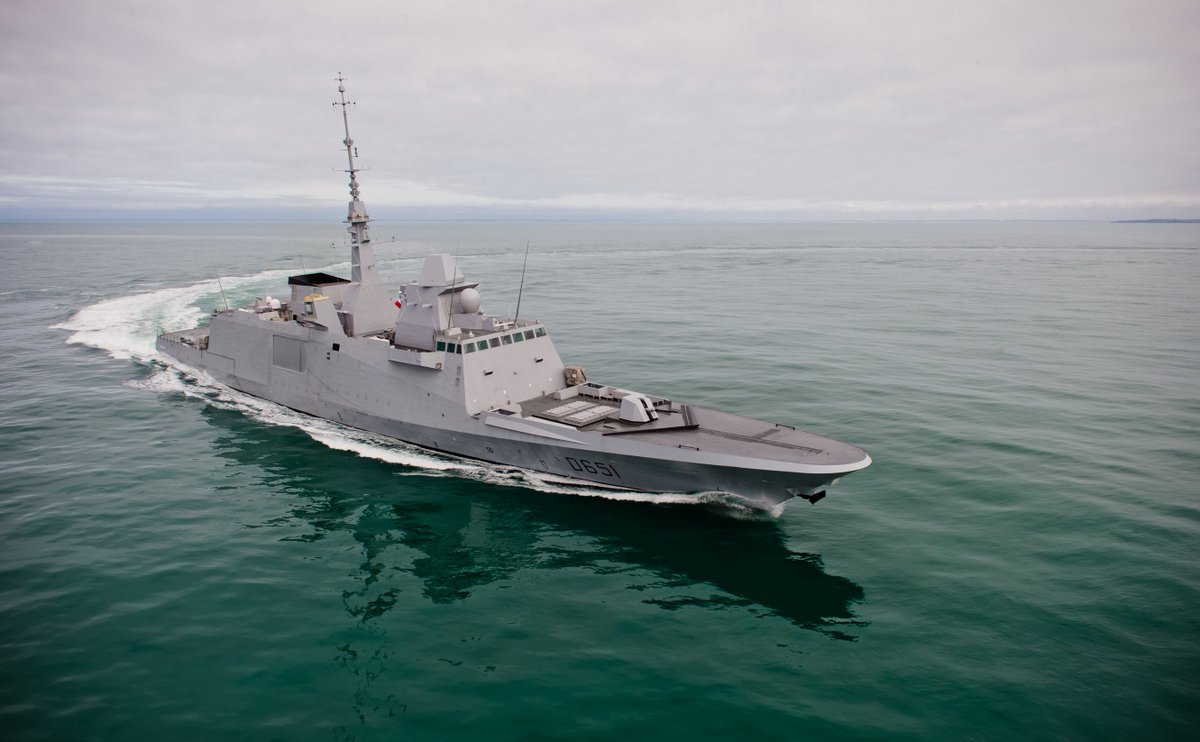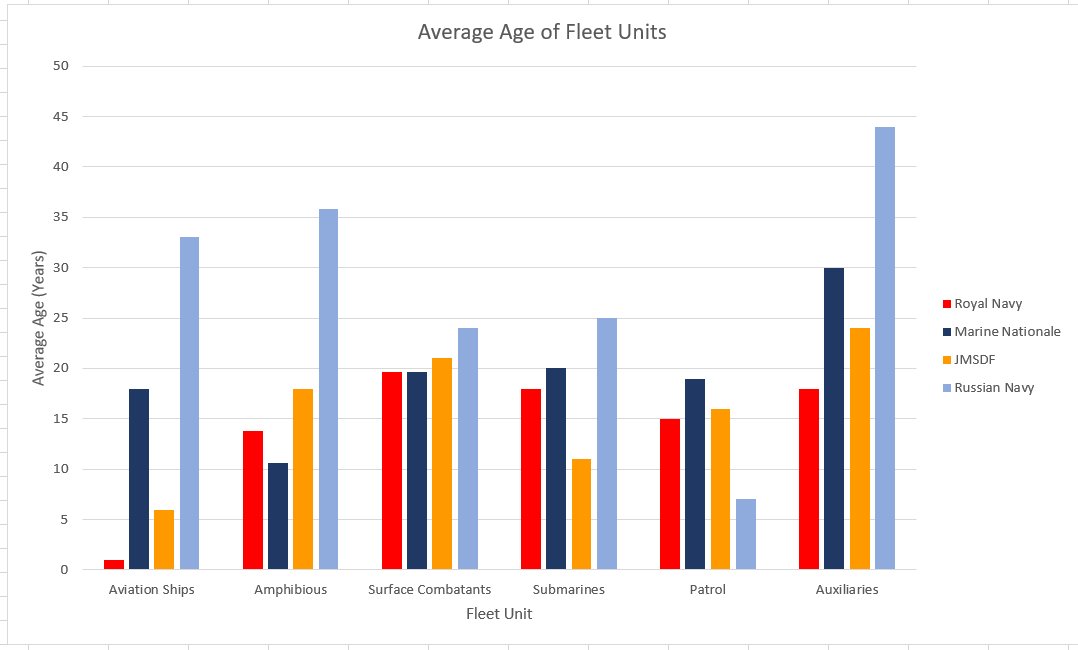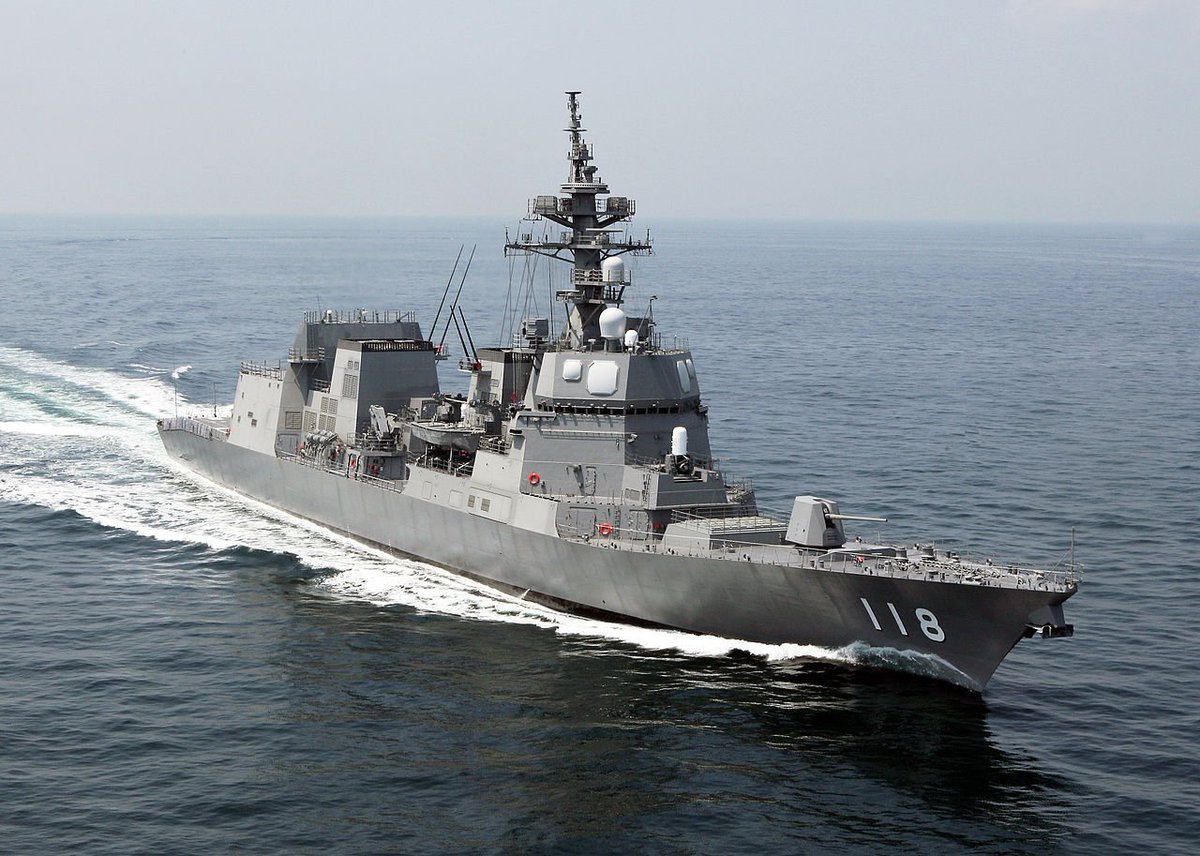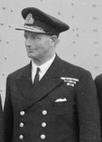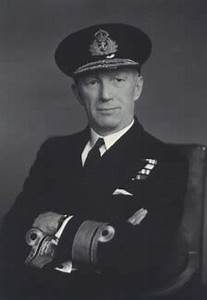Here's an answer (and some graphs, because I know you really only come here for the sweet graphics).
It is also of interest that the RN have both the largest and the newest auxiliary fleet of the navies in question, further highlighting this as a priority.
We can also see that most of Russia's, ostensibly similar number, of support ships are in fact smaller light tankers.
Fundamentally these are navies designed around divergent roles, for Russia operations in enclosed waters approaching its territory and its SSBN bastions appear paramount.
The MN prioritise presence and patrol of the extensive French EEZ, backed by a powerful but short-legged expeditionary striking force.
If you want to defend Russia then you want the Russian Navy.
If you want to defend SLOCs around the Japanese Islands, you want the JMSDF.
If you want to go a long way and be able to hit hard, you want the RN.
If you want to secure France's EEZ and more, you want the MN.








